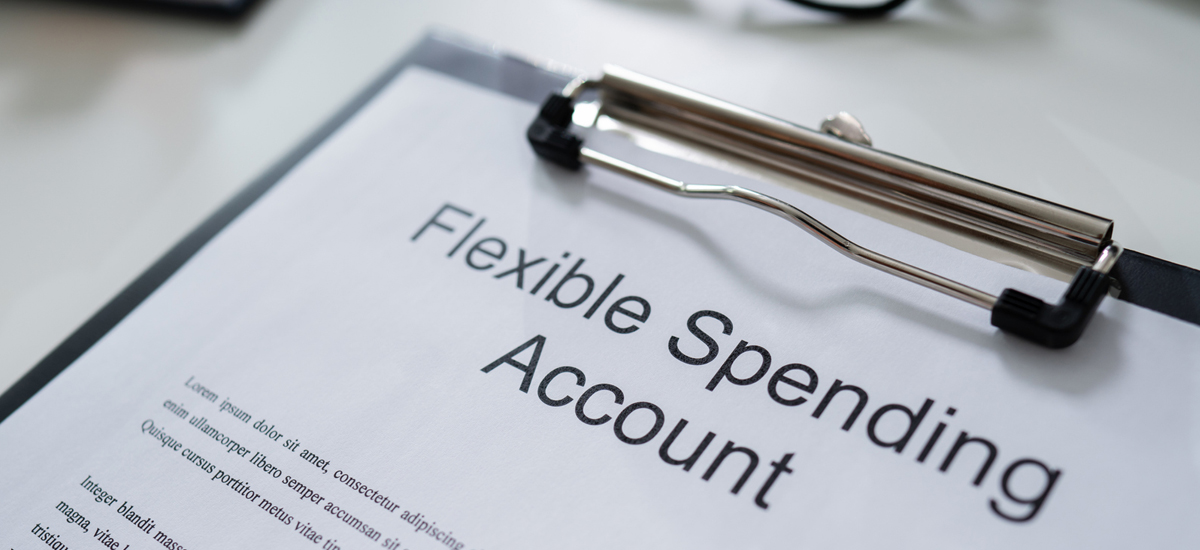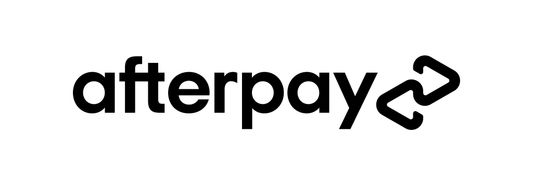What Is the Grace Period for an FSA?

A flexible spending account (FSA) is a service you can set up through your employer to take care of approved healthcare expenses. In 2022, employees can contribute up to $2,750 from their annual income before taxes.
Most people’s FSAs end on the final day of the year (December 31), but that doesn’t mean you need to spend all your FSA by then. Let’s discuss the grace period for an FSA and how you can make the most of it.
The Grace Period for an FSA
Do all FSAs have grace periods? No, they do not, but the majority do. The usual grace period for an FSA is 2.5 months, which means that if your plan was through December, you might still be eligible to use your FSA funds until March 15 the following year.
You may also have until March 31 to send in itemized receipts and other documentation to get compensated for what you spent out of your FSA between January 1 and March 15, during the grace period. Just know that not all plans offer this option (called a “runout period”).
Before you can be sure whether you qualify for an FSA grace period, you’ll want to contact an FSA specialist or your HR manager. Be sure to ask:
- What’s my current balance in my FSA?
- What’s the year-end date for my FSA?
- Does my FSA offer a grace period for 2020 or 2021?
An FSA Grace Period vs. a Carryover
Even if your FSA plan doesn’t have a grace period, you may still have a carryover (or a rollover). What is a carryover? It means you can transfer up to $500 left in the previous year’s account to the next year.
If you have $600 remaining in your FSA for 2022, you may be able to move $500 of that into your 2023 account, if you qualify. The remaining $100 will go to your employer, which is why we recommend using all your benefits before the end of the year.
Remember that your FSA can go toward health costs for you and your family, so if you’re worried that you won’t use your funds before the deadline, consider whether your family needs anything, such as a comprehensive eye exam. Be sure to have your FSA card handy when checking out, and ask the eye specialist for an itemized receipt at the end of your appointment to forward to your vision insurance provider by the FSA spending deadline.
Please Note: Not all accounts qualify for an FSA carryover. Your eligibility depends on your employer’s plan. Ask your FSA representative whether your plan offers a grace period or a carryover.
Summary: What You Should Know About FSA Grace Periods vs. Carryovers
For those who do have a grace period, it will last until March 15, 2023, assuming your plan ended on December 31, 2022. You may also have until the final day of March to send in any proof of payments. If you qualify for an FSA carryover, you can transfer as much as $500 from what’s left in your 2022 FSA to your 2023 account.
While you can’t enjoy a grace period for an FSA and a carryover, most plans provide one or the other. In some cases, your workplace may not offer extension options for your FSA, which means you might not have a grace period or a carryover option.
The best way to know what you qualify for is to speak to your HR team or consult with an FSA specialist. Both are there to assist you.
Book your eye exam at For Eyes at Walgreens
Have you had your annual comprehensive eye exam? Schedule an appointment with an Independent Doctor of Optometry at your local For Eyes.











